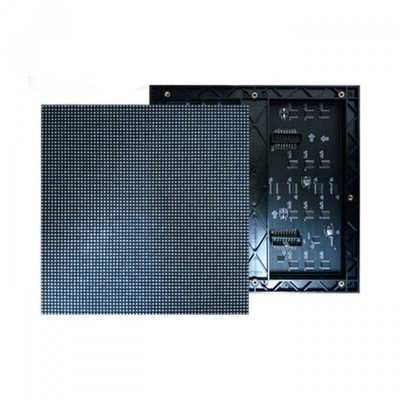source:other news release time:2023-08-25 Hits: Popular:led screen wholesaler

1、 The difference between high-power and low-power
At present, a large number of single 0.06W low-power LEDs are used in the industry, and their brightness can reach a maximum of 7LM. We temporarily calculate it as a normal 6LM. To achieve a power of 1W, we need to use 17 identical LEDs, with a total brightness of 17 * 6=102LM, which means it can achieve 100LM/W;
If we use a single chip with a power of 1W, the maximum output brightness can reach 80LM, while commonly used ones are generally around 60LM, which is a major difference in brightness.
From the perspective of product cost, the cost of high-power LED is higher than that of low-power LED, which comes from two aspects: firstly, the cost of LED itself; secondly, high-power LED needs to be equipped with aluminum heat dissipation fins, while low-power LED can achieve heat dissipation requirements as long as ordinary circuit boards and natural heat dissipation are used.
2、 The importance of heat dissipation design
LED itself is a semiconductor device, and all semiconductor devices have certain temperature requirements for normal operation, including ambient temperature and working temperature. Generally, the ambient temperature for normal operation of semiconductor devices is below 80 degrees Celsius, and when the PN junction temperature inside the LED reaches 140 degrees Celsius, it will fail. During normal operation, its own temperature will be emitted through the pins or dedicated base, and then dissipated into the surrounding air through the circuit board or aluminum substrate connected to the pins to ensure the normal operation of the LED.
Generally, when the power of a single lamp bead is greater than 0.2W, an aluminum substrate should be used for heat dissipation. For high-power lamps, an aluminum shell and aluminum heat sink need to be added. Of course, this is related to the number and density of LEDs in the entire lamp, and small power LEDs that are too concentrated also need to consider heat dissipation design. Incorrect heat dissipation design can accelerate the rate of light decay, resulting in a shortened LED lifespan.
1. Most junction temperature limits can reach around 120 degrees, and currently CREE should be considered relatively high at 150 degrees.
2. At present, most LED lighting fixtures have a design lifespan of 20000~50000H, which is determined by many factors. Firstly, the lifespan of the IC already limits the lifespan of the entire lamp.
3. In terms of structural layout, in terms of heat dissipation, it is actually a problem of contact thermal resistance and thermal conductivity bottleneck In terms of structure integration, good contact over a large area, and even distribution of light beads on the PCB as much as possible to avoid heat source concentration.
Read recommendations:
outdoor led screen modules maker
Whether the LED display can carry the "Dongfeng Express" of the smart city
Technical specifications of industrial parameter displays.p2 indoor LED module